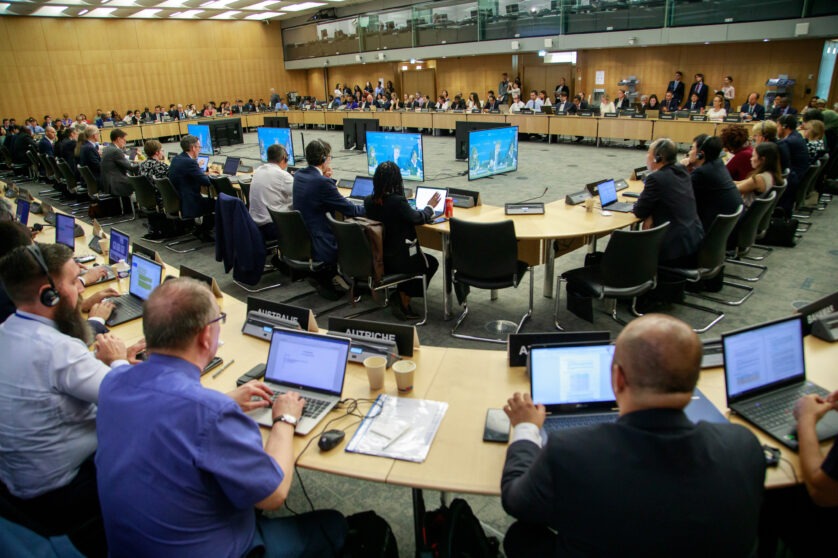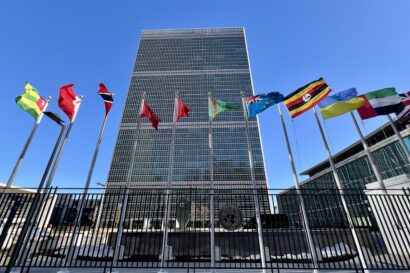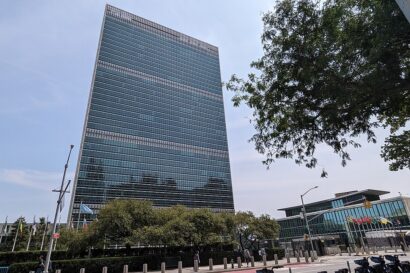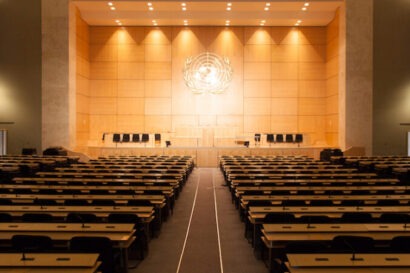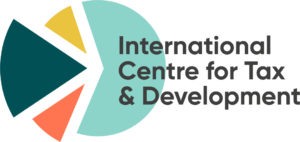A subject-to-tax rule (STTR) is a tax treaty provision that allows source countries to impose an additional tax liability on certain payments in case the recipient is subject to a low level of tax in his residence jurisdiction. Its aim is to prevent double non taxation. While the concept is not entirely new and some older treaties already contain such clauses, STTRs have received increased attention recently.
At its 26th session in March 2023 the UN Tax Committee (UNTC) approved an STTR which will be included in the next edition of the UN Model Convention. In parallel, as part of “Pillar 2” in its Two-Pillar package, the OECD/G20 BEPS Inclusive Framework (IF) has released its own STTR and an accompanying multilateral instrument to implement it into treaties.
Thus, countries now have four options: they can choose between the two versions of an STTR offered by the UNTC or the IF, devise specific versions for different treaties, or perhaps opt for none at all. In addition, countries that already have a subject-to-tax clause in their treaties need to decide whether to keep it or replace it by one of the recently developed ones at the UNTC and the IF.
In this blog, I compare both clauses and consider policy options from the perspective of countries that want to safeguard taxing rights at source. Consequently, this analysis shows that the UNTC STTR is more beneficial from the perspective of revenue generation and ease of administration, whereas the Pillar 2 STTR has the advantage that IF members have made a commitment to agree its inclusion into actual treaties with developing countries.
Main differences between the UNTC STTR and the Pillar 2 STTR
The differences between the UNTC STTR and the Pillar 2 STTR are quite apparent: the UNTC’s article is a paragraph of only half a page. In contrast the Pillar 2 STTR is six pages long. This difference relates to the Pillar 2 STTR containing a number of detailed definitions and provisions narrowing the application of the rule down to a certain set of payments, situations, and taxpayers.
- Analysing the Pillar 2 STTR
First, it specifies the threshold of 9% as the nominal corporate tax rate below which income is considered to be low-taxed and the STTR “kicks-in” (subject to other conditions being met, see below). In addition, it states that a source country is allowed to levy the difference between 9% and the nominal rate. The nominal rate refers to the rate that is levied on the specific type of income received, taking into account preferential rates and other “permanent adjustments” that result in a lower rate.
Second, the Pillar 2 STTR excludes dividends, capital gains, shipping profits, and other business profits from its scope, but includes interest, royalties, and – notably – services, insurance, re-insurance, payments for the use of equipment. The latter would often only be taxable in the residence state under current conventions (especially services that are not qualified as “technical”). Next to these, there are several personal exclusions which ensure that only payments among related companies are covered. Consequently, some services such as “automated digital services” or air transport are automatically excluded since they are rarely earned from related entities. This means it is unclear how many non-“technical” services are actually in scope.
Third, two additional exclusions further narrow the applicability of the rule:
- a materiality threshold, which excludes payments below 1 million EUR (250,000 EUR in countries with a GDP below 40 billion USD)
- a mark-up threshold, according to which the STTR will not apply to income other than interest and royalties if the amount is not higher than direct and indirect costs incurred by the company earning the income plus 8.5% of these costs.
The OECD justifies these exclusions on grounds of preventing the over-taxation of payments that do not present risks of tax base erosion. However, some have criticized the rule for both its narrow scope and administrative complexity. As well as identifying whether a payment is made to a low taxed company, tax administrations need to audit whether the two entities are related and whether the foreign company receiving the payment correctly attributes costs for purposes of calculating the mark-up threshold. A further drawback for lower income country administrations is that the Pillar 2 STTR can only be applied through assessment after the financial year, and not via a withholding mechanism.
- Analysing the UNTC STTR
The UNTC STTR is conceived to apply broadly to all types of income. However, it does not prescribe the minimum rate. This is left for states to agree bilaterally. Once the income is found to be taxed below the agreed minimum in the recipient country, the source state is free to apply its own tax rate to that income. It does not contain any exemptions either but includes placeholders that allow countries to specify these aspects through bilateral negotiations. The accompanying commentary states that a minority of UNTC members would prefer a rule with a narrower scope, similar to the Pillar 2 STTR, but a majority considers that the scope should be broader.
It should be noted that a few countries have included STTTRs in the past, for instance in treaties between Ghana and Denmark (protocol) or Mauritius and Germany (article 4). These tend to be narrower in the sense that only taxpayers that benefit from specific preferential regimes are targeted, but they have harsher consequences as all benefits of the treaty are denied to those in scope of the STTR.
Political Considerations
Even though the UNTC STTR is broader in scope, the Pillar 2 STTR may be more effective at safeguarding source taxing rights because it could be easier to implement into actual treaties – or at least so argues the OECD.
There are indeed some merits to the argument: IF members have agreed that members adopting tax regimes with nominal tax rates below 9% for covered types of income must agree to introduce the Pillar 2 STTR into a treaty if asked by other IF members that are a low-income country. Hence, countries are likely able to introduce the Pillar 2 STTR without having to make other concessions.
In contrast, introducing another STTR may be more difficult, since a partner country can calculate in advance how much the inclusion of the provision with a given rate and given scope will approximately cost its resident multinational enterprises (MNEs) and possibly demand other concessions in return. Even though the UNTC STTR has been included in the proposed UN fast-track instrument, which can facilitate its implementation, there is no comparable multilateral agreement on its introduction and it leaves several design aspects open for bilateral negotiations.
However, this IF members commitment mentioned above is subject to interpretation. For example, the reference to “types of covered income” suggests that it includes provisions such as patent boxes or headquarter regimes with rates lower than 9%. It seems less certain though whether it is meant to encompass tax holidays, tax reductions for specific geographic areas, or other provisions that result in a “permanent adjustment” of the tax rate (i.e., for which the STTR would apply once introduced).
Is an STTR worth it at all?
An IMF report from early 2023 evaluated the impact of the Pillar 2 STTR on tax revenue as small since most treaties signed by developing countries already include withholding taxes higher than 9% for interest and royalties. Nevertheless, the STTR could still be relevant for the payments for services where article 12A is missing from a treaty and the payments for the use of equipment which are not always included in the definition of royalties. The UN version’s much wider scope means that it would have a greater impact, but it does depend on whether countries can be persuaded or pressurized to adopt it.
Yet, any STTR creates an incentive for residence countries to “soak-up” the tax levied by the source country under the STTR, by increasing their nominal tax rate on payments in-scope of the STTR. In that case an STTR would not directly result in additional revenue for a source country. However, this would incentivize companies to stop using intermediary jurisdictions and instead make direct payments to entities in other jurisdictions, for which the source country may have greater source taxing rights. In addition, preventing double non-taxation through an STTR (no matter which country ends up levying the tax) could also help reduce competitive advantages of foreign companies over domestic ones.
Which STTR to implement? Some policy considerations
To decide whether and which STTR to implement, countries need to carefully evaluate all their treaties. They should give special attention to treaties with countries that act as investment hubs, or that have specific low tax regimes used for internationally mobile investment.
In treaties based on the more recent versions of the UN Model Convention and that allow for sufficiently high withholding taxes, an STTR may not be necessary. For other existing treaties and for newly negotiated treaties, more analysis is necessary. For treaties that do not allow for the taxation of services at source, an STTR may be worthwhile.
In general, it is advisable to include a more robust and administratively simpler STTR, based on the UN Model. However, if a partner country asks for reduced “primary” source taxing rights (e.g., lower withholding taxes) in exchange for the introduction of a broad STTR, safeguarding these primary taxing rights may be privileged. In this case, the Pillar 2 STTR may be the better option.
